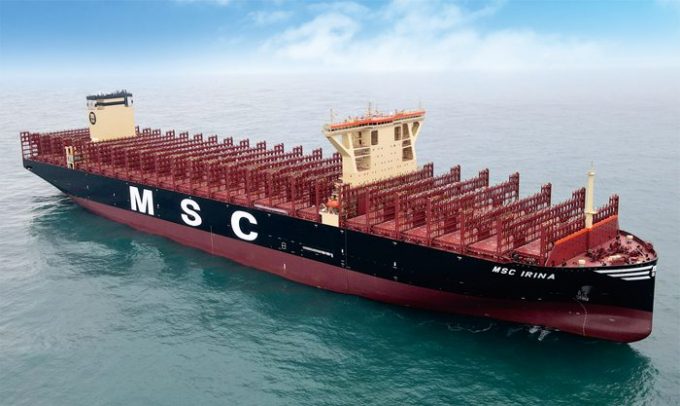X-press Pearl parties ordered to pay $1bn damages
In May 2021, cargo ship X-press Pearl carrying chemicals caught fire off the coast of ...

Despite its green credentials being effectively discredited, MSC’s latest orders and new membership of fossil industry lobby Sea-LNG shows LNG is still going strong.
MSC’s latest order, for ten 10,300 teu LNG-fuelled box ships, means 60 out of the 74-strong MSC newbuild orderbook will be LNG-powered.
Sea-LNG, ...

Comment on this article